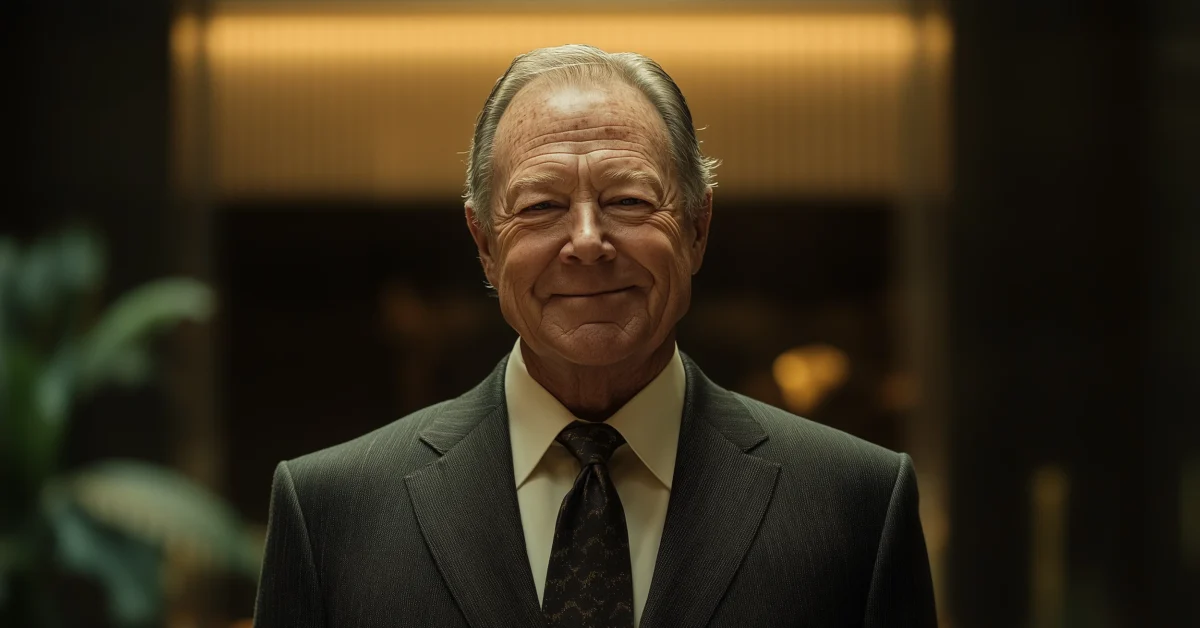
The New Rules of Corporate Raiding: Quiet, Ruthless, Legal
A ruthless breakdown of Disney’s corporate battle with activist investors. How a legendary brand lost strategic ground—and what it reveals about modern boardroom dynamics.
Introduction
Disney isn’t just a company—it’s American mythology. But even myths bleed when the activists start circling.
In the boardroom drama that unfolded between Disney and activist investors like Nelson Peltz, we didn’t just see a corporate squabble. We saw a clash of strategy, ego, and capital at its rawest. What went wrong wasn’t just Disney’s media model—it was the board’s inability to play power like the insurgents they were facing.
The Setup — Why Activists Targeted Disney
By late 2022, Disney had become vulnerable—not just in revenue, but in narrative. The empire built on fantasy was experiencing a real-world correction. Linear TV was in decline. Streaming losses had ballooned to billions. Investors were no longer enchanted—they were agitated.
Bob Chapek’s turbulent tenure had ended. Bob Iger, the company’s former visionary CEO, was called back to steady the ship. But succession confusion left a vacuum of clarity. Shareholders watched the throne turn into a revolving door.
Behind the scenes, Disney’s board governance had grown complacent. Its structure lacked meaningful barriers to activist entry. Voting rights were spread thin. Accountability was performative, not structural.
That’s when Nelson Peltz stepped in. His firm, Trian Partners, positioned itself not as a raider—but as a steward. The thesis was sharp: Disney was spending too much, moving too slowly, and governed too loosely. The demand? Discipline in cost structure, capital allocation, and board competency.
Disney’s Response — Defensive, Disjointed, Predictable
Rather than recalibrate, Disney defaulted to corporate choreography. Press releases, investor decks, and safe language. Their response was cautious—designed for perception, not power.
The board rotated members, floated cost cuts, and attempted a PR charm offensive. But it felt like rearranging deck chairs on a listing ship. The moves lacked conviction—and more importantly, strategic intent.
Internally, the leadership signal was muddled. Succession remained unresolved. Iger returned without a long-term plan for handoff. Directors shuffled, but few could explain why beyond optics.
Institutional shareholders were split. Retail investors were left uninspired. There was no alignment, no urgency, and no narrative strong enough to rally confidence.
“Disney fought like a brand. Peltz attacked like a business.”
The Power Game — What Peltz Got Right
Peltz never needed to win a proxy vote. He needed to change the temperature of the room—and he did. His strategy was classic power positioning: reframe the board as bloated, misaligned, and out of step with performance realities.
While Disney leaned on legacy, Peltz leaned into logic. He spoke in terms investors understood: cost per subscriber, ROI on content, board tenure inefficiency. He wasn’t emotional—he was surgical.
He painted himself not as an agitator, but a reluctant adult in a room of aging loyalists. For many shareholders, it resonated. This wasn’t a hostile takeover—it was a credibility check.
Even without securing a board seat, Peltz extracted what mattered most: leverage. His campaign forced Disney to accelerate restructuring. Iger announced $5.5 billion in cost cuts. ESPN’s strategic future became a real topic. Capital discipline returned to the conversation.
Strategic insight: Activists don’t need seats—they need leverage. Peltz got both.
The Real Loss — Disney’s Strategic Vulnerability Exposed
What the board lost wasn’t just narrative—it was momentum. Their passivity turned a defense into a surrender. Disney’s brand equity couldn’t shield it from a capital reality check.
This battle was never about streaming economics alone. It was about credibility under pressure. And on that front, Disney’s governance flinched.
Boards often assume insulation through legacy. But Peltz reminded the market: no brand is too iconic to be audited by capital. The most dangerous myth is that history equals immunity.
For operators and executives watching from the sidelines, the lesson is clear: media narratives don’t beat capital narratives. Sentiment doesn’t outperform structure. And reputation, while important, is not a strategy.
Impact
If you think boardroom drama is just a sideshow, you’re watching the wrong play.
Power doesn’t announce itself with headlines. It moves quietly—through incentives, structures, and pressure points. Disney’s board was playing for applause. Peltz was playing for position. One was managing perception. The other was bending outcomes.
This wasn’t just a proxy fight—it was a masterclass in mispriced moments. And in the end, the insurgents didn’t need to win outright. They just needed the board to blink.



